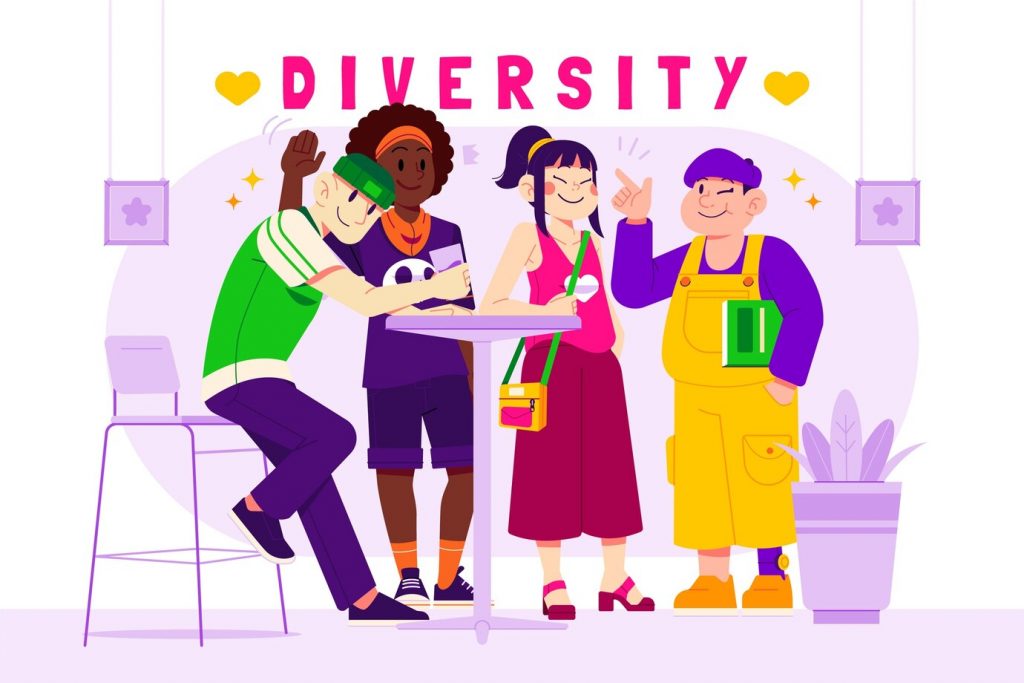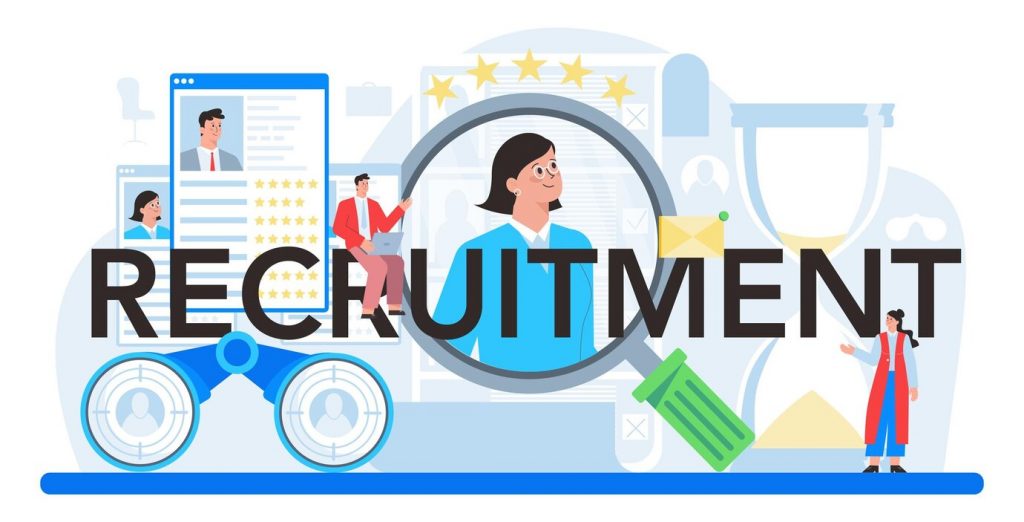Introduction
The modern workforce is no longer bound by borders. With global talent pools accessible at the click of a button, hiring is increasingly cross-cultural, remote, and international. In this context, cultural sensitivity isn’t a buzzword—it’s a competitive advantage.
Cultural sensitivity in hiring refers to the awareness, respect, and integration of diverse cultural perspectives into the recruitment process. It ensures organizations not only attract top global talent but also create inclusive environments where individuals from all backgrounds thrive. In this blog, we explore why cultural sensitivity is critical in the age of global hiring, and how companies can embed it into their recruitment strategies.
What Is Cultural Sensitivity in Hiring?
Cultural sensitivity in hiring means understanding, respecting, and adapting to the cultural differences of job candidates throughout the recruitment process. This includes everything from how job descriptions are written to how interviews are conducted, and how feedback is delivered.
Let’s consider two real examples:
- A culturally insensitive hiring manager in the U.S. once rejected a qualified Indian candidate for being “too quiet” during a virtual panel, mistaking cultural humility for lack of confidence.
- In contrast, a Germany-based tech firm adapted its communication style when hiring from Japan, offering structured agendas and written follow-ups—leading to a 25% increase in candidate acceptance rate.
In both cases, perception was shaped by cultural understanding—or the lack of it.
Key Takeaway: Hiring practices that ignore cultural context can lead to misjudgment, poor candidate experience, and missed talent.
Also Read: How to Improve Diversity and Inclusion with AI Recruitment Tools?
The Business Case: Why Cultural Sensitivity in the Workplace Matters
Global teams are 35% more likely to outperform their non-diverse peers, according to a McKinsey report. But it’s not diversity alone—it’s how well companies leverage that diversity that drives results.
Cultural sensitivity supports:
- Employee engagement: Inclusive environments lead to 83% higher engagement (Deloitte).
- Team collaboration: Culturally aware leaders are better at managing international teams and minimizing conflict.
- Retention: Employees who feel respected are 3.5 times more likely to stay at their company (Great Place to Work).
From a recruitment perspective, culturally sensitive hiring improves acceptance rates and strengthens employer branding—especially in global markets.
Key Takeaway: A culturally aware workplace isn’t just ethical—it’s more productive, profitable, and resilient.
Also Read: Talent Acquisition with AI: A Comprehensive Guide
Diversity and Inclusion in Recruitment: The Foundation of Global Hiring
Diversity refers to representation; inclusion is about belonging. The best hiring strategies build both—especially when sourcing talent globally.
The Numbers:
- Companies in the top quartile for ethnic diversity are 36% more likely to outperform their peers (McKinsey, 2023).
- 76% of job seekers say a diverse workforce is an important factor when evaluating companies (Glassdoor).
- Inclusive companies are 1.7x more likely to be innovation leaders in their market (Josh Bersin Research).
In recruitment, D&I translates to using job descriptions that are bias-free, evaluating skills over stereotypes, and assessing fit without forcing conformity.
Key Takeaway: Inclusion starts at hiring. Companies that design inclusive processes will attract—and retain—the world’s best minds.
Also Read: The Future of Recruitment: Top AI Trends to Watch in 2025
Global Workforce Hiring Strategies for Culturally Aware Recruitment
Hiring globally requires more than just a wider search. It demands nuance, cultural fluency, and process adaptability. Here’s how to do it right:
- Localize job descriptions: Use clear language. Avoid idioms and industry jargon unfamiliar to international audiences.
- Adapt interview formats: In some cultures, panel interviews may feel intimidating. Offer 1-on-1 options when appropriate.
- Align communication styles: Some regions prefer direct feedback (e.g., Netherlands), others value diplomacy (e.g., Southeast Asia).
- Be time-zone and holiday aware: Scheduling interviews without sensitivity to local holidays or religious observances signals carelessness.
Consider a case from JobTwine’s client base: A U.S. startup expanding into the LATAM market saw a 40% boost in applicant engagement after adjusting its communication style to match local cultural norms—starting emails with personal greetings and allowing for more conversational interviews.
Key Takeaway: Hiring across borders is less about translation—and more about transformation.
Also Read: AI in HR: How AI is Transforming the Future of HR
Cross-Cultural Hiring: Overcoming Barriers and Biases
Bias remains a persistent barrier in global hiring—even when unintentional. Recruiters often default to their own cultural lens when evaluating candidates, penalizing those who “don’t fit” a narrow mold.
Common Pitfalls:
- Penalizing non-Western communication styles
- Misinterpreting silence as disengagement
- Overvaluing “culture fit” at the cost of “culture add”
To counter these, companies must:
- Use structured interviews: These reduce subjective judgments.
- Build diverse interview panels: Diverse assessors reduce bias and broaden perspective.
- Invest in cultural competence training: Equip hiring teams with the tools to understand and respect global norms.
JobTwine’s AI-driven interview intelligence helps recruiters identify unconscious bias by analyzing how candidates are evaluated and ensuring that scoring reflects skills—not cultural familiarity.
Key Takeaway: Culturally competent hiring reduces bias, boosts objectivity, and uncovers hidden talent.
Also Read: Why is AI Important in the Recruitment Process?
How to Implement Cultural Sensitivity in Recruitment
The transition from intention to implementation requires systems, tools, and accountability. Here’s how to start:
- Audit your hiring process: Identify stages where bias could creep in—from job postings to final decisions.
- Use inclusive language: Platforms like Textio can flag biased or non-inclusive job descriptions.
- Integrate DEI tools: JobTwine’s recruitment workflows include prompts and scoring structures aligned with cultural fairness.
- Establish diverse hiring panels: Representation matters in interview rooms.
- Embed cultural awareness into policy: Include sensitivity training, multilingual resources, and global onboarding best practices.
Companies that operationalize cultural sensitivity see improvements not just in hiring, but in overall employee satisfaction and productivity.
Key Takeaway: Cultural sensitivity isn’t a one-time training—it’s a core business process.
Real-World Examples of Inclusive Hiring Practices
Several companies have made cultural sensitivity a strategic imperative:
- SAP built a global hiring framework aligned with regional HR leads. It includes cultural interview norms, holiday calendars, and language-specific assessments.
- Unilever replaced traditional CV screening with AI-led gamified assessments, leveling the playing field across socioeconomic and cultural backgrounds.
- JobTwine supports organizations with customizable interview simulations and analytics that account for cross-cultural communication styles, helping companies build teams that reflect global diversity.
These organizations aren’t just meeting diversity targets—they’re building stronger, more adaptive teams.
Key Takeaway: Inclusive hiring is measurable, scalable, and impactful when embedded into the recruitment lifecycle.
Also Read: Beyond Gut Feeling: Data-Driven Strategies for Better Hiring Outcomes
Conclusion: Cultural Sensitivity as a Competitive Advantage
In a globalized hiring landscape, cultural sensitivity is no longer optional—it’s essential. It shapes how organizations are perceived, how teams collaborate, and how innovation takes root. Culturally aware companies don’t just avoid risk—they unlock the full power of human capital.
JobTwine enables global hiring with fairness, intelligence, and adaptability. From AI-powered assessments to culturally calibrated interview workflows, it’s the platform built for the future of work.
The Future: Expect more companies to integrate DEI insights into their recruitment AI, build multilingual assessment models, and empower hiring teams with real-time cultural feedback.
Now is the time to lead. Audit your hiring process, train your teams, and adopt tools like JobTwine to make cultural sensitivity a cornerstone of your talent strategy.
Frequently Asked Questions:
1. What does cultural sensitivity mean in hiring?
It refers to being aware of and respecting cultural differences during the recruitment process to ensure fairness and inclusivity.
2. How does cultural sensitivity impact employee retention?
Culturally aware workplaces foster belonging and engagement, which are key drivers of retention and productivity.
3. What are common mistakes in cross-cultural hiring?
Relying on culture fit over culture add, misunderstanding communication styles, and using one-size-fits-all interview formats.
4. How can companies reduce bias in global hiring?
By using structured interviews, diverse hiring panels, and AI tools that flag inconsistent assessments.
5. Why should I use JobTwine for inclusive hiring?
JobTwine offers AI-powered tools that help companies evaluate candidates fairly, simulate interviews in culturally adaptive formats, and gain actionable insights for global hiring success.



